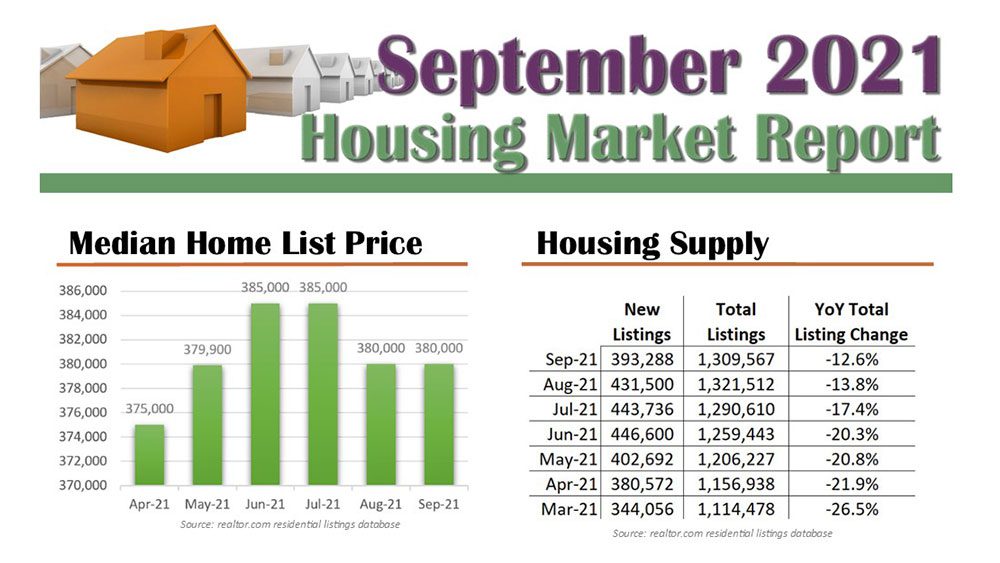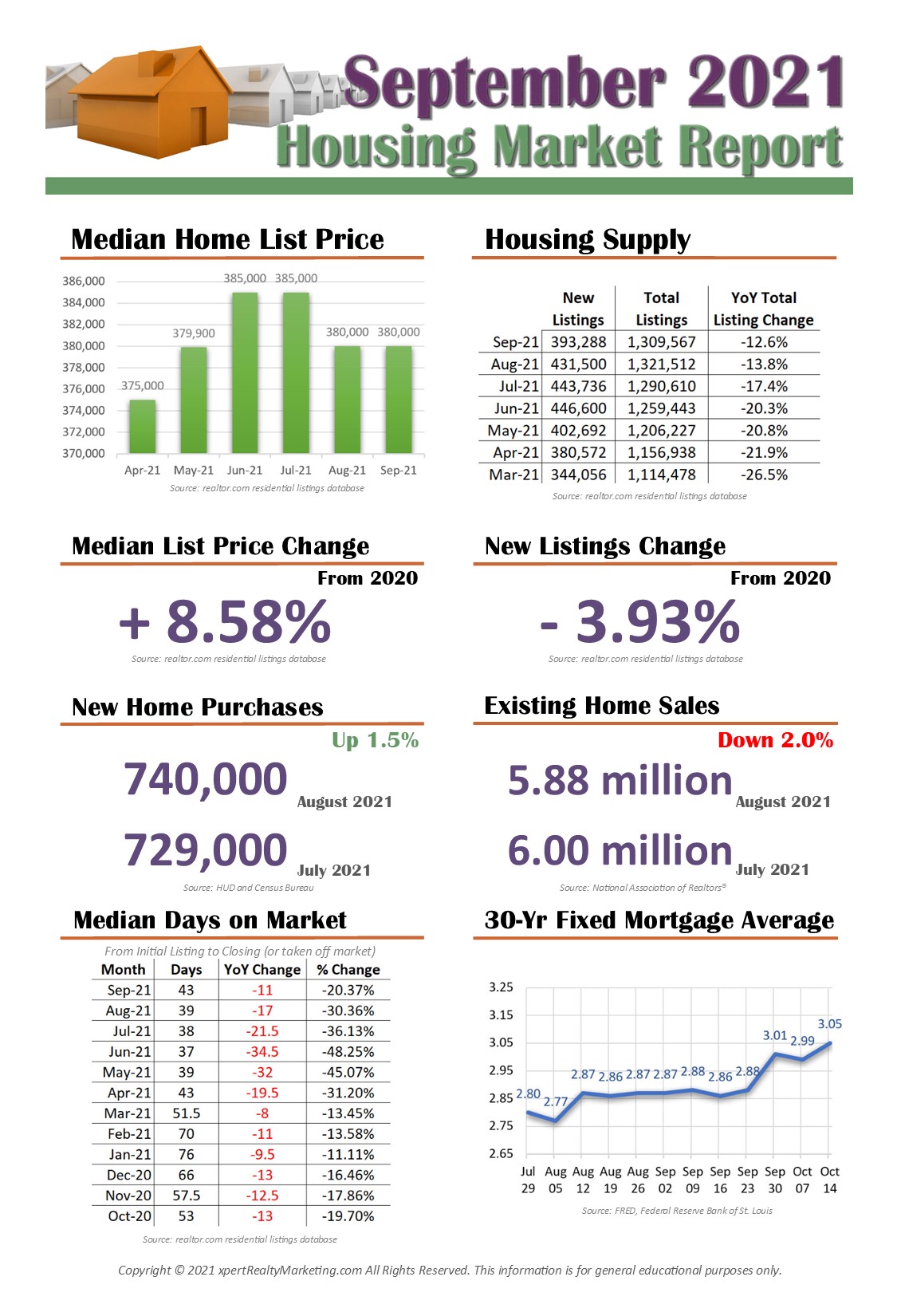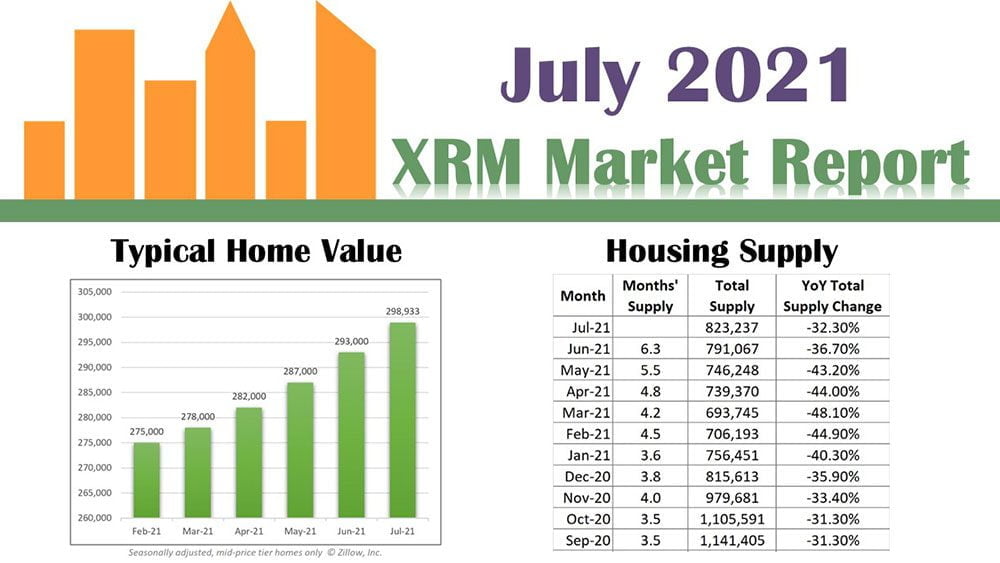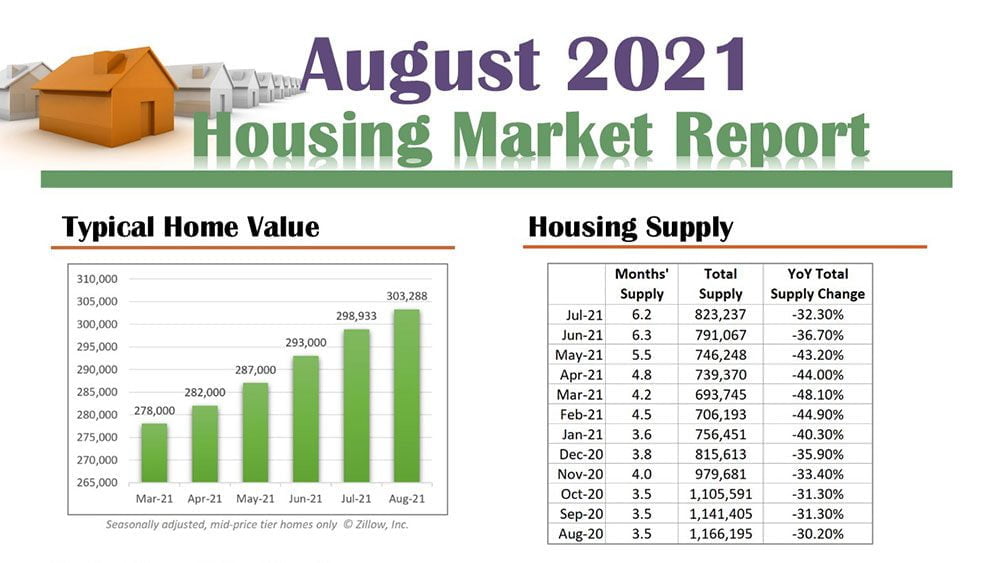Highlights
- September housing activity has improved overall, but it remains a seller’s market.
- More homes are coming onto the market, and there appears to be a decline in the number of buyer bidding wars.
- Demand remains elevated, and buyers are quickly snapping up homes.
- The typical home spent 43 days on the market in September, 11 fewer days than 2020.
© 2024 xpertRealtyMarketing.




